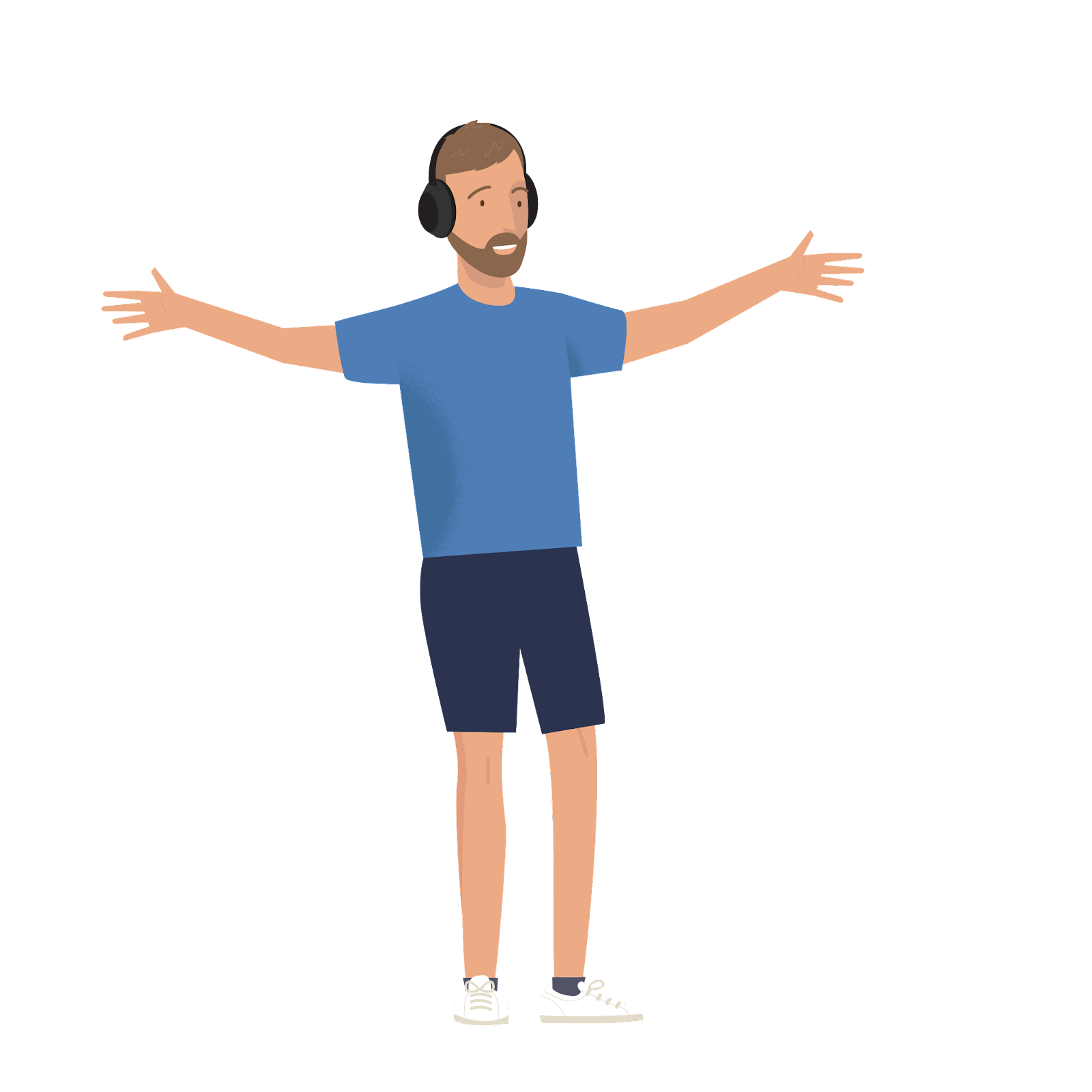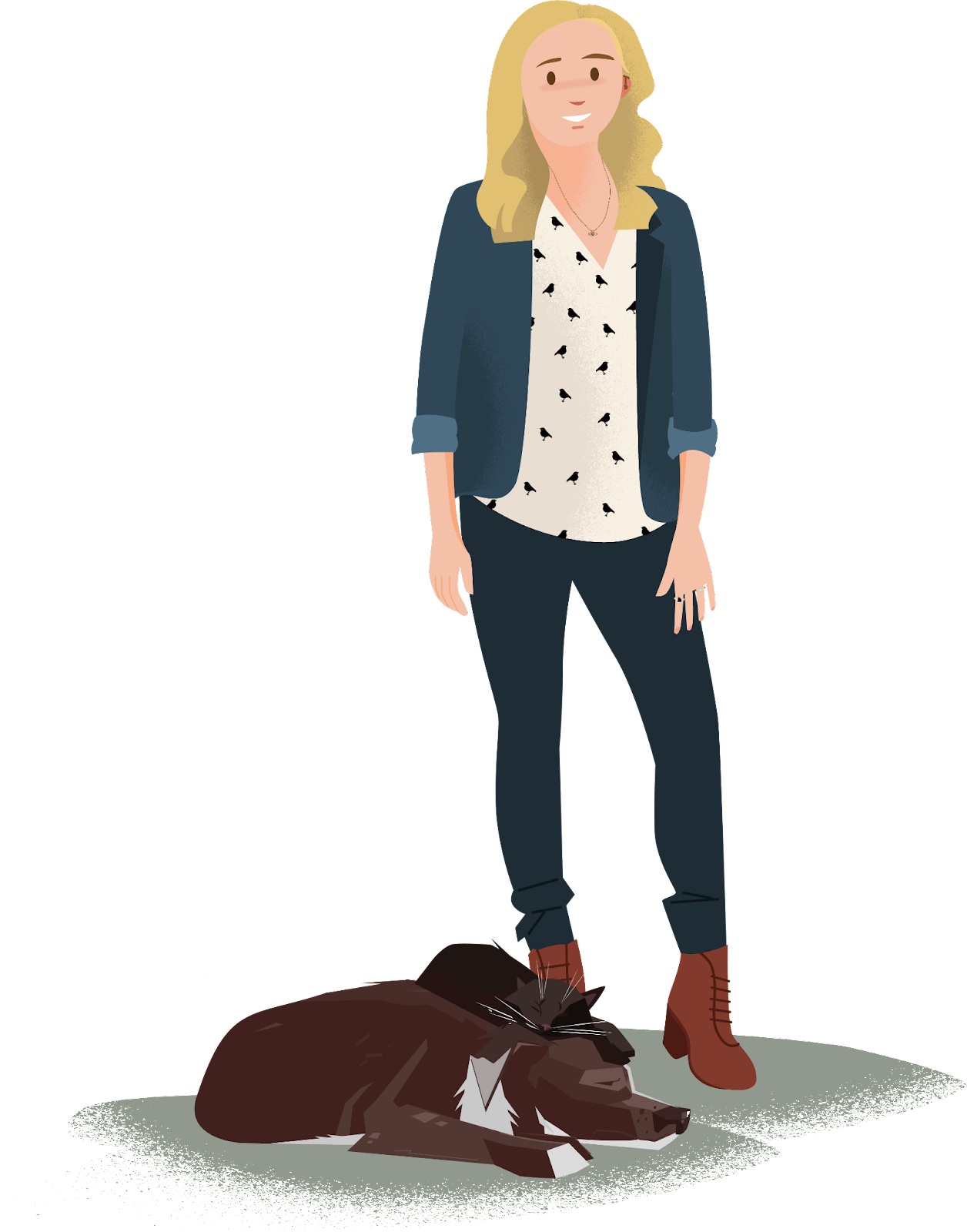Use Inclusive Language to Improve Your Communications
Learning Objectives
After completing this unit, you’ll be able to:
- Differentiate between person-first and identity-first language.
- Identify areas of unconscious bias in language.
- Understand how to recover and improve after communication missteps.
Person First vs Identity First:
Another barrier to accessibility is language that is not clear, respectful and fair, or makes those interacting with the content feel uncomfortable or alienated. There are many factors that can make communication feel more welcoming and respectful and one way to do that is by knowing when to use person-first versus identity-first language."
Note: Language preferences are not universal. If you are unsure, it’s always best to ask the person you’re communicating with how they would like to be described.
Person-First Language
There are two main ways of describing those living with a disability, person-first (PFL) and identify-first language (IFL).
Person-first language places the person before the disability. It focuses on the disability as a condition the person has, not an integral part of who the person is. It emphasizes a person’s abilities and does not focus on perceived limitations.
Examples of PFL
- Children with disabilities versus disabled children
- Person with epilepsy versus an epileptic
- Person with a visual disability versus a blind person
PFL emphasizes that the condition is only that, a condition, and does not define the person living with the condition.
In general, PFL is a good place to start in communicating about those living with disabilities; however, exceptions do exist.
Identity-First Language
Identity-first language places the individual’s condition first in the description of the person. Some individuals and communities prefer this style of language, as it reinforces the person’s condition as an integral part of who they are, and rejects the idea of the condition as abnormal, or a deficit.
Examples of IFL
- Deaf person vs person with a hearing disability
- Autistic person versus person with autism
- Blind person versus person with visual disability
Both the Autistic and Deaf communities consistently prefer to use identity-first language. For many people living with these conditions, they are core parts of their identity, and using this language to refer to themselves is a point of pride. (Note that the Deaf community generally capitalizes the D in deaf, when referring to the community as opposed to the medical diagnosis of deafness.)
It is never appropriate to use offensive language or to refer to a person in terms of a piece of mobility or medical equipment they use, or solely by their diagnosis (Down Syndrome person, bipolar person, wheelchair person). Likewise, you should not refer to one group of people as “normal” or “healthy” in contrast to those living with a disability.
What Language Do You Prefer?
From Tom Frantz’s perspective, “Understanding inclusive language across such a vast community is difficult and important. There are a lot of different aspects to take into consideration such as: What does the space consider inclusive? What about the particular communities you’re engaging with? Is it an international crowd where language vastly differs from the US?”

Tom says he prefers to use what he calls human first language.
“Human first language means that every individual, even within the same disability categories, has their own preferences, and I want to make sure that I’m recognizing and respecting what that is. For instance: during my presentation intro, I like to share these thoughts, along with the fact that I might make mistakes and that I am open to and appreciative of feedback so I can learn and grow on my journey to become a more inclusive person.”
Amy, who is deaf, has a unique perspective on how language for people with disabilities has evolved over the years.

"I came to understand both sides of language preferences, and I don't have a preference on how people refer to my disability, so long as it is done with respect and kindness. I prefer the term Deaf with a capital D to refer to people who have been deaf all their lives, or since before they started to learn to talk.(My nickname in rugby was Deaf Amy, but that's reserved for the pitch only.)
“Examples that work perfectly for me: This is Amy, she is Deaf. This is Amy, she is a Deaf attendee.”
—Amy Wood, Accessible Events Program Manager
Identify Unconscious Bias in Your Communication
So how can you audit your current content for unconscious/inherent bias or language that could unintentionally exclude others? There’s more to it than just making sure there are no overt slurs or offensive terms present. Unconscious bias in your communication can also take the form of a lack of inclusion or unintentional “othering” of those with disabilities—it’s all about comparing other people to what you subconsciously identify as “normal.”
Because you’re not aware of these internal biases, it can be very hard to recognize them in your communications.
In general, here are a few things to look out for.
- Does your language include as many types of people/groups as possible?
- Does your language use terms that present one group as inferior to another?
- Does your language refer to people in ways that are condescending or could be considered derogatory?
- Does your language assume certain traits or abilities about people in general (that they are able to walk or able to see, and so on)?
- Are you using any type of demeaning “superpower”-related language or the phrase “special needs?” These should be avoided.
When you use terms to differentiate between groups, consider whether they are relevant to the topic. Is it necessary to mention whether the person uses a wheelchair, for instance? If not, consider omitting the information.
Finally, ask for a review. Have colleagues look over your content to audit it for consistent and welcoming language. If necessary, partner with external organizations to get honest feedback. (Note: When partnering with external agencies or individuals for review, expect that this will be paid work.)
How to Recover from Communication Missteps
It’s almost inevitable that you will make some missteps as you try to become better communicators. Communication preferences are highly individualized, and frequently changing, and none of the individuals interviewed for this module expected perfection in the people and organizations they deal with.
Even those living with the conditions you read about may feel awkward or uncomfortable when interacting with others who have different access needs or lived experiences. The most important thing you can do is to stay open to correction, ask respectful questions when you’re unsure, and respond well to correction and feedback.
As you learn more about inclusive and respectful language, it's helpful to remember that everyone messes up.
Amy shares, “As someone with a disability, even I have said things that were inadvertently ableist. Phrases like ‘turning a blind eye’ or ‘falling on deaf ears’ have unintentional but harmful assumptions about people with disabilities, but have been so easily and naturally interwoven into your daily lingo. Once I had a better understanding of the painful rhetoric, it helped me to see other terms and expressions that have a similar impact.”
Learn from these experiences, get feedback from people with disabilities, and ultimately commit to creating a more welcoming community through accessible communications.
Resources